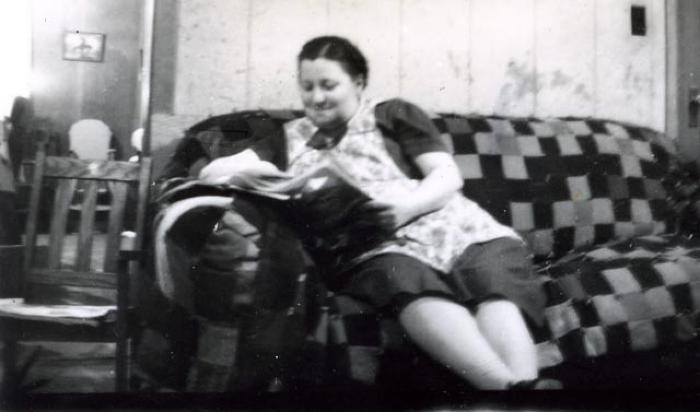Read — Naaqiluni

Like other Native American languages, the Alutiiq language, known also as Sugt’stun, is a spoken language that has only existed in written form since the arrival of Westerners in Alaska. In the early 1800s, Russian Orthodox monks created the first written records of Sugt’stun. They compiled vocabulary, studied Sugt’stun grammar, and translated church texts into Sugt’stun using church Slavonic/Cyrillic characters. Their efforts promoted bilingualism and created a valuable linguistic record.
With the sale to Alaska to the United States in 1867, however, the use of Sugt’stun diminished. Schools forbade children to speak the language, transmission from one generation to the next slowed, and literacy faded. Over succeeding decades, as English became the dominant language in the Alutiiq world, the number of Sugt’stun speakers dropped significantly. Today, there are fewer than 500 speakers of the language and many fewer who can read and write in Sugt’stun. In the past three decades, linguists have worked with speakers to document and reawaken the language. Sugt’stun is still not widely spoken, but words are reappearing around Kodiak and opportunities to learn the language are growing.
Written Sugt’stun uses letters from English to recreate Sugt’stun sounds. There are twenty-six letters in the Koniag Dialect of the Sugt’stun alphabet. Although written with roman characters, many of these letters represent sounds that are different from those in English. For example, the Sugt’stun letter q is pronounced something like the English letter k, but the sound is made farther back in the mouth.
